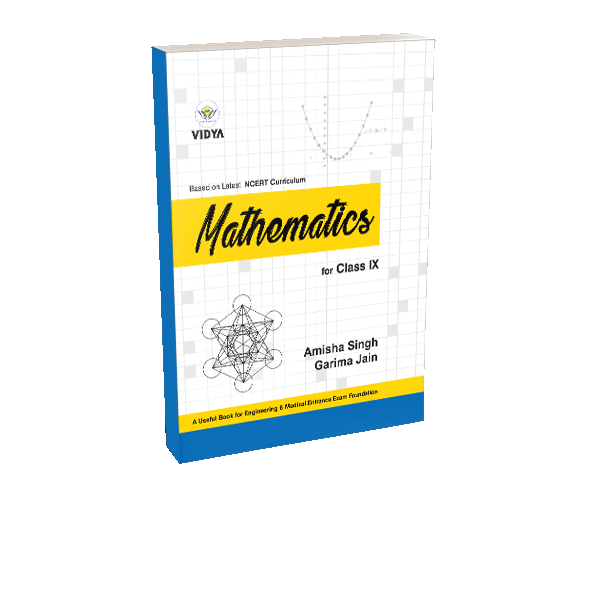We all are living in a world which is unreal to imagine. The unprecedented lockdown in not just India but the whole world has forced all of us to stay indoors. However, we also are a lucky generation with access to technology which is making lives easy and keeping us connected in these difficult times. This also stands true for the educational sector where the term Flipped Classrooms is taking over the traditional classrooms. Read on to know everything you need to know about the flipped classrooms.
What is a Flipped Classroom?
The concept of Flipped Classroom has been gaining momentum fairly recently. It is a style of teaching or strategy of instruction which promotes blended learning which primarily focuseson student engagement promoted by active learning. It also is effective in enabling theinstructors to deal with different learning levels of the students and different learning styles.Another major focus of a flipped classroom is to shuffle the activities during class whichlessens the burden of homework leaving kids with more time for self-learning and relaxationwhich a traditional teaching system lacks.
Who needs to know about flipped classrooms?
Every person involved in the education system such as parents, teachers, and students are allimportant links of the chain of the education sector for whom it is important to learn about flipped classrooms.
How does a flipped classroom work?
Unlike a traditional classroom where the teacher is the primary focus and instructs students, the students are of prime focus in a flipped classroom. The students typically attend online lectures on the course topics. These are alter supplemented with online discussions and activities related to the lecture. The flipped classroom also allows students to carry on research on their own in their time. This enables them to gather knowledge as opposed to relying on the teacher with limited time for instruction in a classroom.
Another important factor that works in favour of flipped classrooms is that there is a free flow of conversation and collaboration amongst the students as opposed to the physical classroom. A student can very well on their initiate research or assignment. The flow of conversation, in this case, is not restricted to the teacher. This can simply be termed as a shift of attention from the instructor to the learner to inspire better results. While one can use various mediums to deliver the content, video lessons of 10 to 12 minutes are the most popular.
Flipped classrooms also gain an upper hand when it comes to in-class activities. Flipped classrooms make use of high-grade stimuli such as presentations, debates, collaborations, research, and updated knowledge and in-depth discussions. This not just caters to the different styles and understanding capabilities but also cut down the homework activities. The whole student and instructor connection in case of a flipped classroom is much more personalized enabling the students to acquire the knowledge in the new improved way. It helps them in learning and evaluate on their own which is one of the most important goals-modern education system aims to achieve.



 CBSE Textbooks
CBSE Textbooks CBSE Text Books 9 & 10
CBSE Text Books 9 & 10 CBSE Text Books 11 & 12
CBSE Text Books 11 & 12 CBSE Safal
CBSE Safal CBSE Lab Manuals
CBSE Lab Manuals
 eVidya Books
eVidya Books Vidya Books
Vidya Books
 UP Board Textbooks
UP Board Textbooks UP Text Book Class 9
UP Text Book Class 9 UP Text Book Class 10
UP Text Book Class 10 UP Text Book Class 11
UP Text Book Class 11 UP Text Book Class 12
UP Text Book Class 12 Complete Course Books
Complete Course Books Complete Course Class 9
Complete Course Class 9 Vidya Digest Series
Vidya Digest Series Digest Class 10
Digest Class 10 Digest Class 11
Digest Class 11 CCSU B.Ed Year I
CCSU B.Ed Year I CCSU B.Ed Year II
CCSU B.Ed Year II MJPU B.Ed Question Bank
MJPU B.Ed Question Bank
